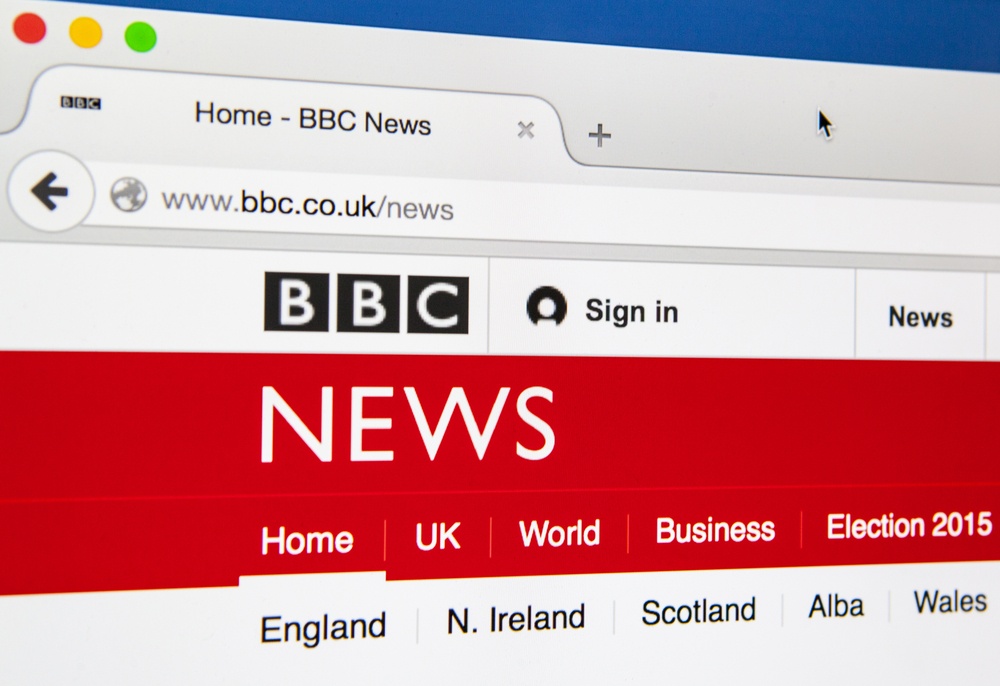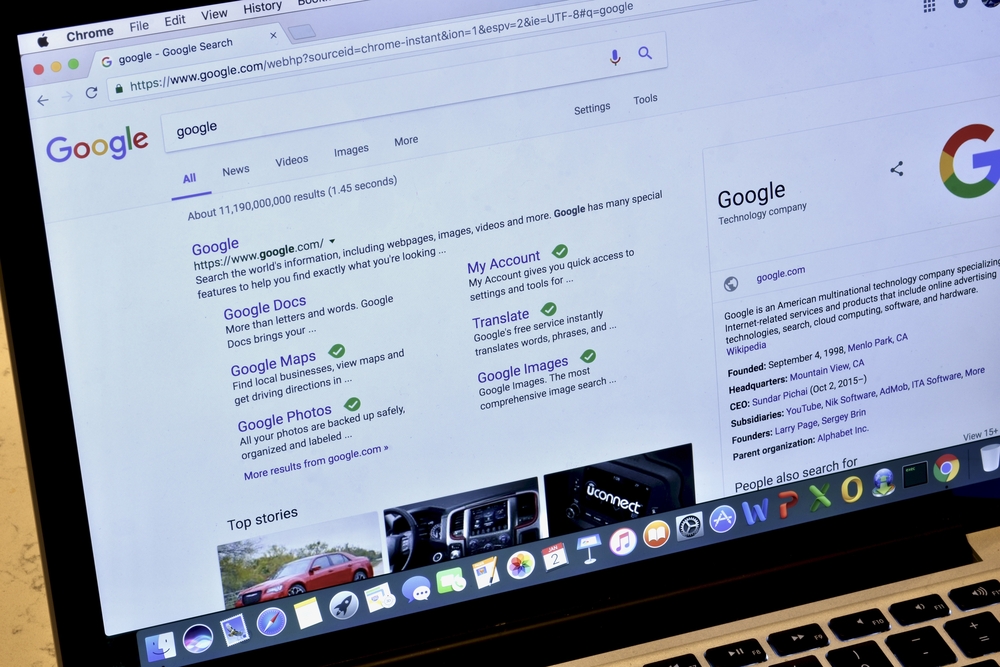What is digital PR? It’s a question that can be quite baffling to anyone new to the digital marketing realm. Chasing for a link, outreaching, managing media relations, seeding lists, referring domains; it’s all jargon that can sound quite confusing.
It’s about time that somebody broke down digital PR and explained exactly why it’s useful.
What is digital PR?
Let’s take it back to basics. According to The Public Relations and Communications Association (PRCA), “public relations is all about the way organisations communicate with the public, promote themselves, and build a positive reputation and public image.”
In short, digital PR is an online marketing tactic that helps brands build awareness, create hype and get their content seen.
The best digital PR services combine SEO tactics and link building to get measurable results that have big impacts.
Digital PR vs traditional PR
Traditional PR’s main focus is about enhancing an individual’s or brand’s exposure through targeting the press with stories they may find interesting. Measurement relies on coverage, potential readership and sentiment.
Whilst both forms of PR are ultimately about building brand awareness, digital PR also focuses on building trust and authority with both Google and potential customers. Digital PR allows marketers to move beyond just brand storytelling and take their concepts into wide spanning digital campaigns that can involve video and social media.
It isn’t explicitly intertwined with link building, but when combined with an SEO strategy… Oh boy, can digital PR build some great links!
Building backlinks from other websites to your own is a great tactic for supporting search engine optimisation. Essentially, every time another website (such as an online news publication like The Sun or Daily Express) includes a link to your website, it sends a vote to Google that signals your website is trustworthy and authoritative. The more *quality* votes you get the higher up Google you’ll rank and the higher your domain authority will be.

We just briefly touched on the links (or votes) needing to be good quality. The reason for this is that you could have 100 links from the same regional publication, but they won’t be as valuable as a handful of juicy backlinks from major national newspapers and lifestyle magazines.
So then why is all of this important? What does it matter how far up Google you rank? Well let’s put it simply: when was the last time you scrolled through 10 pages of Google results? Everyone always clicks on a result within the first search results page, so making sure your website ranks above competitors is essential for success.
Digital PR is also much more measurable than traditional. Digital allows you to analyse website domain authority, click through rates, time spent consuming content, social shares, and of course the number of backlinks and referring domains. This makes it a lot easier to show ROI and gives tangible evidence of the impact that digital PR can have.
What are the benefits of digital PR?
You might be surprised to hear just how many benefits can come from digital PR; it’s not all about SERP positions! Here are some of the reasons so many businesses are now investing in digital PR:
Establishes you as an industry expert
Creating buzz in the press that positions your brand as an expert with inside knowledge will leave a lasting impression of your brand in the minds of potential customers.
Increases organic traffic
By getting backlinks to your website in major publications, you can guarantee that people will be clicking the link to find out more about the campaign and story.
Boosts brand awareness and sentiment
When audiences keep seeing your company’s name pop up in the news for good reasons, they’re going to take note. Creating engaging content that imparts genuinely helpful information will help make customers think positively about your brand.
Generates sales
Although sales isn’t the main goal of any digital PR campaign, as more people visit your website you’re likely to get more sales.
Creates brand loyalty
Customers like to see their values reflected in the brands they buy from. If you’re able to show what you stand for through your PR campaigns you’ll find that brand loyalty follows.
Gets social shares
An added bonus of digital PR is that campaigns have the potential to get great engagement on social media. Whether it’s an infographic and video going viral, or lots of facebook shares of an article, there’s lots of potential to use social media to your advantage.
Improves domain authority and search ranking
Regular high-quality backlinks will help you to build up your overall domain authority and in turn help boost your SERP ranking – happy days!

Is cost-efficient
PR campaigns don’t have to cost an arm and a leg. A simple index comprised of good data that’s genuinely useful can be the basis of an amazing campaign.
The different types of digital PR
When most people think of digital PR, they associate it with big flashy hero campaigns with all the bells and whistles attached. Whilst that certainly can be the case, there are some other more low-key forms of digital PR that can still pull in links and increase brand awareness.
What is foundational PR?
Often overlooked, but still just as important, foundational PR is all about, well, building your foundations! Essentially, it’s about telling the story of your business. Examples include:
- New appointments
- Employee stories
- Charity initiatives
- Major client wins
- New products/services
- Industry trends
Thought leadership is one of the most important forms of foundational PR. This is when your business acts as an expert and gives industry leading commentary – this can then be sent out to journalists as a story that showcases your company being at the front of your field.
What is newsjacking/reactive PR?
Newsjacking is an essential part of any always-on PR strategy. It’s a great way to get a constant stream of links and traffic and is a highly valuable PR technique.
By using tools to monitor journalist requests for commentaries, scrolling through breaking news and constantly being at the heart of the current newscycle, newsjacking is about jumping on opportunities to give an expert comment or add valuable insight on an already trending topic.
You have to be fast, reactive and genuinely helpful – but the rewards are worth it.
Helping a journalist out with a comment in their hour of need is also a great way to start building a relationship with them, so that next time commentary is needed you’re their go to source.

Sometimes a reactive story that is super newsworthy can take just a couple hours to turn around but can go on to rake in hundreds of links within a day!
It’s a great way to pull in links quickly, and can be used for a whole range of industries – whether it’s discussing a major company’s key financial earnings from their company reporting calendars, or showcasing how much searches have increased for sweater vests after Harry Styles was papped in New York – the possibilities are endless.
What is campaign-led PR?
These are the big boys.
Digital PR campaigns come in many different shapes and sizes and can draw in other elements of content marketing. Most campaigns start with in-depth ideation sessions where trained PRs (like those of us at Hallam) put our heads together to think of some groundbreaking ideas that will position brands as experts and build links.
Campaigns often consist of in-depth data, copy and design and can also be built out to include video, product development and even OOH elements and stunts. Campaigns give you the potential to make a big splash in the news and in your industry, helping to take your content marketing to a new level.
Put simply: they have to be creative and they need to make you stand out in a journalist’s inbox.
Key takeaways
- PR is all about communicating with the public, promoting your company and building a positive brand reputation.
- Whilst traditional and digital PR share many similarities, digital PR adds in the ability to create cross-channel campaigns that provide measurable results and build links to help with SEO.
- Digital PR goes beyond just link building and brand awareness, but also increases traffic and sales, gets social shares and positions brands as experts.
- There are three main types of digital PR: foundational, newsjacking and campaign-led. Each has a different function, but when they work concurrently they produce incredible results.
In conclusion
Digital PR is an important part of any content marketing strategy. Beyond the impact it can have on SEO, it’s a great way to position your brand in a positive light, increase traffic and build customer loyalty.
Need a hand with your approach to PR?
If our digital PR guide has made you ponder how PR could work alongside the rest of your content marketing strategy to improve results for your business, we can help.
Get in touch to arrange an informal chat and find out more about how our experts can help your business to thrive online.


